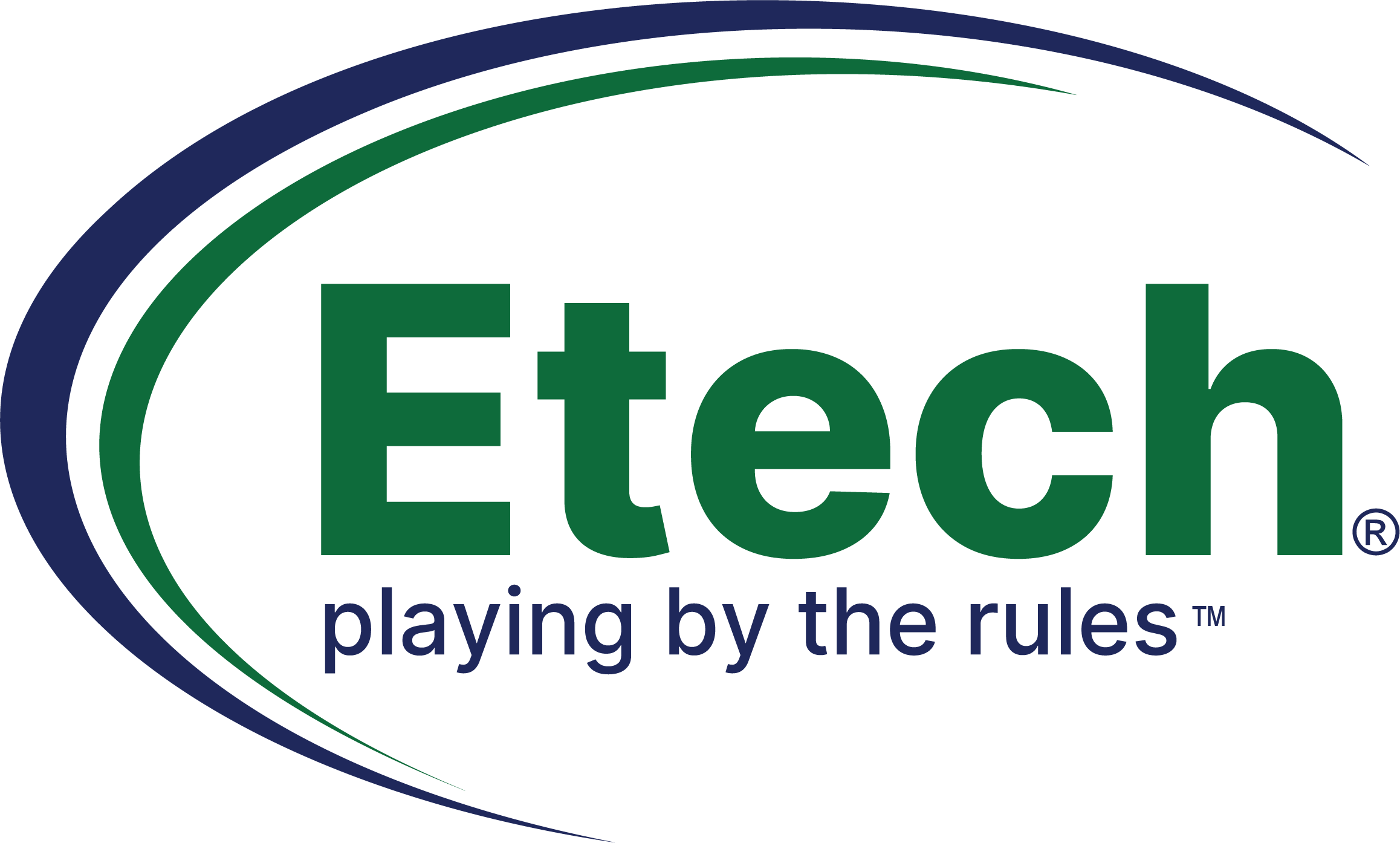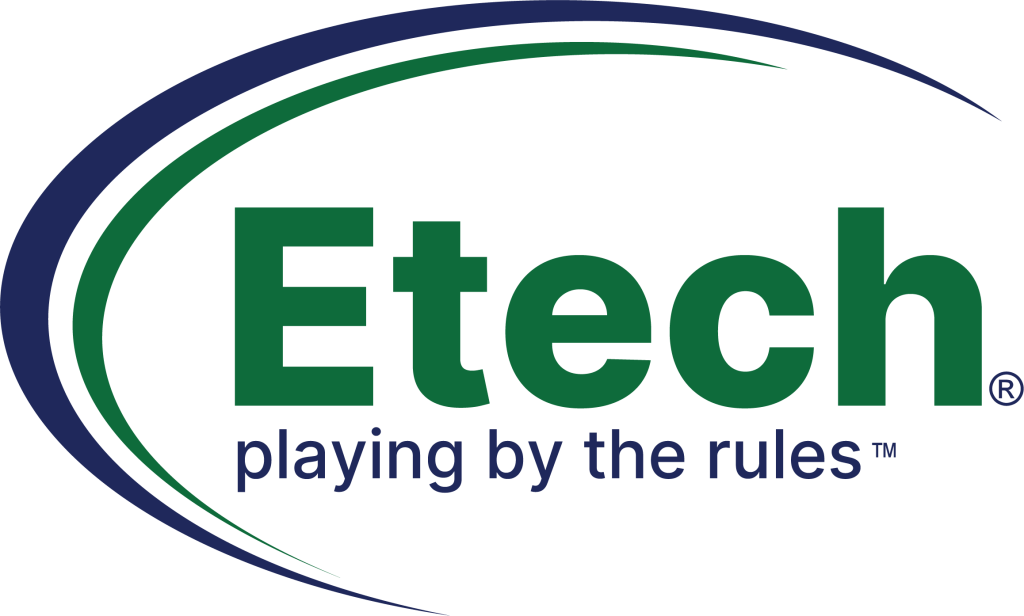Do You Need a Customer Experience Strategy or Not?
You don’t need an elaborate strategy to survive the day, but neither do vegetables. Are you a vegetable? Set some broccoli on a plate in your call center and see what happens. Now let’s get serious. You need a customer experience strategy. When market competition heats up, your company must have an edge. A good customer experience strategy is the tool you use to distinguish your brand and carve out your niche. What Is Customer Experience? Customer experience is the complete interaction your buyers have with your company. It includes more than just product or service they buy It is any of the following: Searching for information on your website The quality of your goods over time How a buyer’s peers might comment on your product Your process for resolving complaints Anything that distracts from the enjoyment of your product or service damages the customer experience. While you can’t account for every contingency, you need to take control of as many factors as possible. Functions of a Customer Experience Strategy Your customer experience strategy can’t be just a few gimmicky marketing tools thrown together. A strategy has critical functionality that impacts your entire business: It defines a model for employee conduct and responses to everyday situations Identifies an ideal customer experience as a goal for your staff to work towards Focuses different departments by providing an overarching outcome for your company Good strategies remove unnecessary costs and make your business competitive in an increasingly technology-driven market. Creating a Great Customer Experience Strategy The goal is to create a positive impression with your business and goods. The human mind builds associations, and habits form over time. Use this psychology to establish a powerful connection between your brand and the buyer. Information – Freely educate your customers Easy Transactions – Make it simple to buy your product Fast Response Times – Resolve complaints as soon as possible Humanize – Treat your customers like people Customers want to make their purchases and go about their business. Simplify the things that waste time but do so in such a way that keeps human interactions the focus. Implementing Your Customer Experience Plan After you draft a strategy, you need to implement it. There are some common problems areas where might want to focus: Training – Your staff requires knowledge about your products and policies. Technology – Upgrade your call centers and integrate all sales channels. Trust – Empower your agents to take charge and proactively resolve customer concerns. A plan cannot succeed without clear processes in place. Make sure you have a strategy for each contingency and avoid forcing staff to rely too heavily on manager approvals. Benefiting from Your Customer Experience Strategy If you’ve done the job right, you should see some of these outcomes develop: Long-term relationships with your customers secure a base for your business. Integrated departments unify your company and drive toward a single outcome. Your business keeps pace with technological innovations in a changing market. Customer service representatives become innovative and solve problems organically. The key benefit is the realignment of the focus of your company. The customer’s experience becomes the end goal for your entire staff. So, how’s the broccoli doing? ETECH Insights provides the data you need to define your strategy. Capture live customer service feedback and identify key metrics. Predict customer behavior. Make intelligent decisions. Deliver superior results. This blog was first published on LinkedIn


